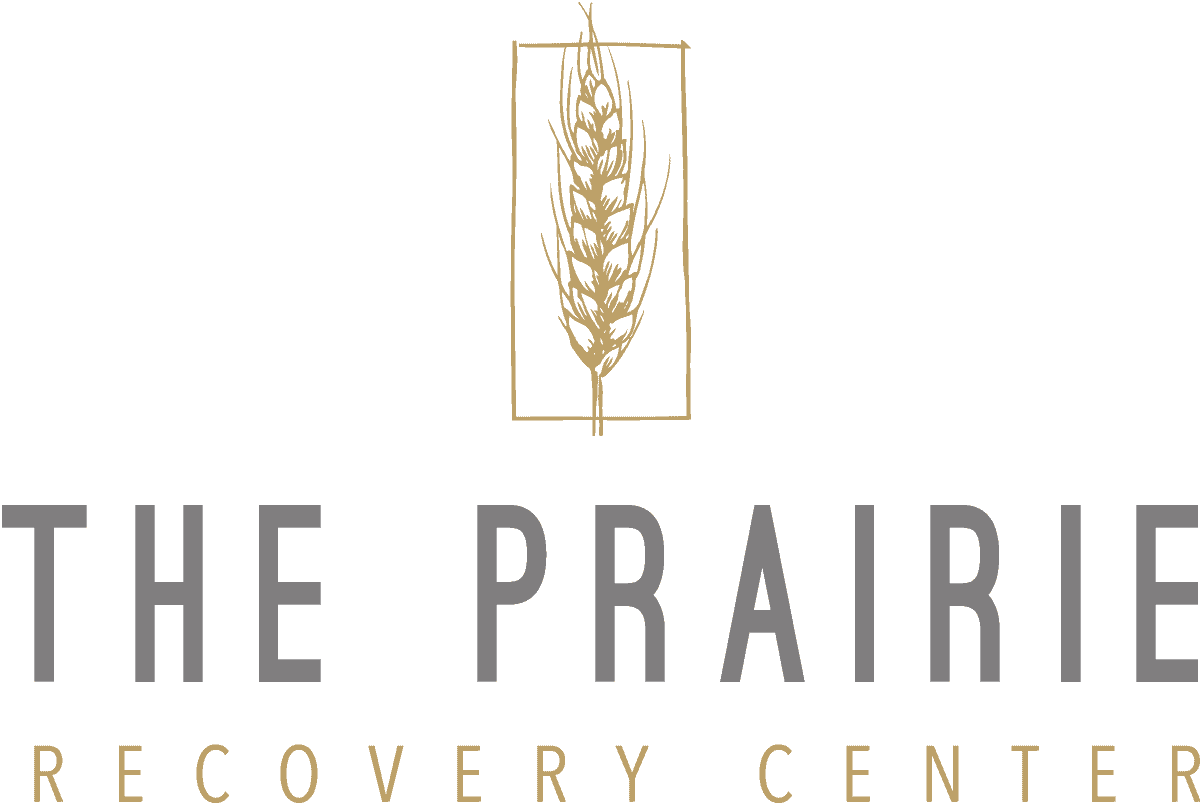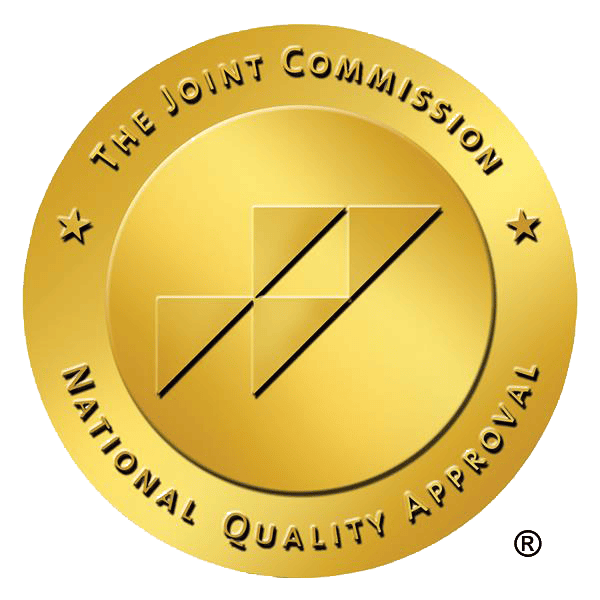Opioids are highly addictive substances that include both prescription medications and illicit substances. Quitting opioids, like oxycodone or heroin, often results in uncomfortable withdrawal symptoms. It is possible to effectively manage withdrawal symptoms while going through the opioid withdrawal timeline with medically supervised detox.
Stages of Opioid Withdrawal: A Timeline Breakdown
The timeline for opioid withdrawal will vary from one person to the next. The extent of opioid withdrawal symptoms experienced depends on the duration of their opioid addiction. The longer opioids have been taken, the more intense and severe withdrawal can be. Some symptoms could be potentially lethal and result in accidental overdose or even death. This is why it is vital to seek supervised detox.
Early Symptoms
The early symptoms usually begin within the first 24 hours after the last dose. The first symptom many people experience is cravings for their preferred opioid drug. It starts around the time they would have used opioids again.
If opioids aren’t taken, then other withdrawal symptoms will begin to appear. These can include insomnia, light sensitivity, frustration, yawning, anxiety, and runny eyes and nose. Most people can manage these early symptoms with support and distractions.
Acute Withdrawal
Acute withdrawal is the next stage of the opioid withdrawal timeline. It occurs within 1 to 3 days of discontinuing opioids. There will be more withdrawal symptoms, and they will grow in intensity and frequency once they peak.
Some of the withdrawal symptoms someone could experience include:
- Intense cravings
- Flu-like symptoms
- Mood swings
- Irritability
- Anxiety
- Depression
- Excessive sweating
- Insomnia
- Hot and cold flashes
- Constipation and abdominal pain
Late Withdrawal
After the withdrawal symptoms peak, they gradually begin to dissipate and become less intense and frequent. Once someone moves into late-stage withdrawal, their withdrawal symptoms are generally gone between 7 and 10 days.
Post-Acute Withdrawal Syndrome (PAWS)
Some people will experience PAWS, which is when the psychological withdrawal symptoms persist past late withdrawal. PAWS can last for several more weeks, months, and, in some rare cases, years. Symptoms can include cravings, depression, anxiety, mood swings, and insomnia. However, with continued support and treatment, PAWS symptoms do eventually subside and go away.
How Long Does Opioid Withdrawal Last?
How long does opioid withdrawal last will vary from person to person. Generally, most people will experience peak withdrawal around day 3. In about a week, the symptoms will have decreased in severity and frequency. Usually, by the end of week 2, all physical withdrawal symptoms will be gone. However, PAWS symptoms linger until they fully subside.
Factors that Influence the Opioid Withdrawal Timeline
How long do opioid withdrawal symptoms last depends on several factors. Some people may have very mild withdrawal symptoms, while others will go through much more severe and intense symptoms.
For starters, the duration and frequency of use influence the opioid withdrawal timeline. The longer someone has been taking opioids, the more intense withdrawal can be. The same is true with regard to frequency. The more often they are taken, the more severe the withdrawal could be.
Next, the dosage taken is equally important. Those who take higher doses tend to have more severe and intense withdrawal symptoms. These three factors can extend the time needed to fully detox from opioids. In addition, the physical and mental health of the individual is another factor. Those who have physical and mental health issues can have prolonged withdrawal.
Managing Opioid Withdrawal Symptoms
There are several effective ways to manage opioid withdrawal symptoms to safely detox and quit opioids. Medically supervised detox is vital in helping people quit opioids. Medical detox provides a caring, safe, and supportive environment with constant medical supervision and support.
Another effective way to manage withdrawal is using medication-assisted treatment (MAT). There are various FDA-approved medications that can help reduce withdrawal symptoms and cravings. There are even monthly maintenance medications that can be used after detox to address cravings and lingering withdrawal symptoms.
Professional Support During Opioid Withdrawal
Medically supervised detox and MAT are just the cornerstones to safe opioid withdrawal. People also need to use evidence-based and holistic therapies as part of a comprehensive opioid withdrawal treatment plan. These therapies include individual and group counseling, nutritional counseling, exercise, medication and mindfulness, and developing coping skills.
Attempting to quit opioids without professional support is rarely successful. Most people succumb to their withdrawal symptoms and quickly relapse. In some cases, people take a much higher dose than they usually do just to get the symptoms to stop. This, unfortunately, can result in accidental overdose and death.
Another way opioid withdrawal can be life-threatening is due to the flu-like symptoms. When people experience vomiting and diarrhea, they can become dehydrated. With professional support during withdrawal, people are given plenty of fluids to ensure they remain hydrated.
Safely Navigate the Opioid Withdrawal Timeline in Austin, TX
Overcoming opioid addiction can be very challenging. But, with help and support from The Prairie Recovery Center in Austin, TX, you can achieve an opioid-free future. Our caring and compassionate team creates a personalized and comprehensive treatment plan to fit your needs. We walk alongside you and help you safely make it through the opioid withdrawal timeline. Contact us today to start your recovery journey to a brighter future.









